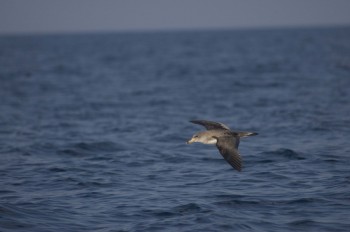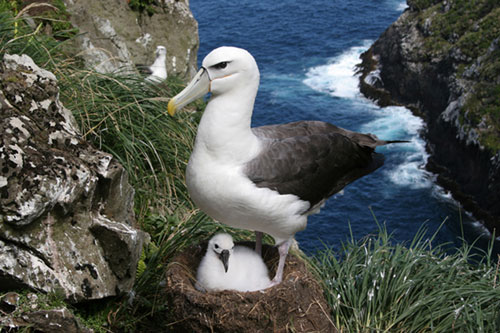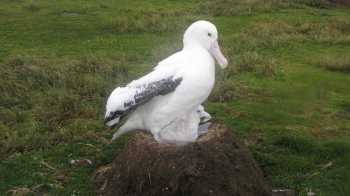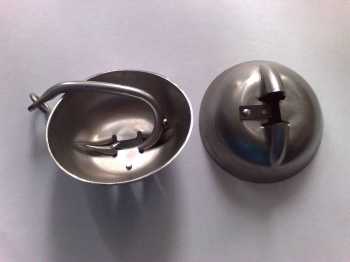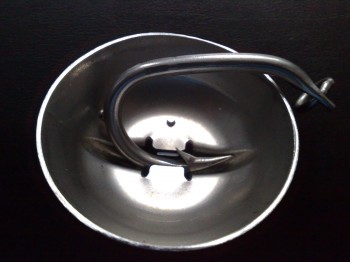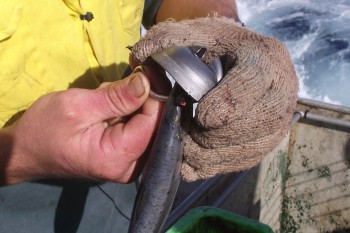Graham Robertson (Australian Antarctic Division, Kingston, Tasmania) and colleagues write open-access in the Open Journal of Marine Science on the development of an underwater bait setter to deliver pelagic longline hooks to depths out of the reach of albatrosses and petrels.
The paper’s abstract follows:
“Longline fisheries for tunas and tuna-like species present an existential threat to many populations of albatrosses and petrels worldwide. To prevent this form of mortality we developed a new technology designed to deploy baited hooks underwater beyond the dive depths of seabirds (6 – 10 m for the species most commonly caught). The underwater bait setter is a stern-mounted, hydraulically-operated and computer-controlled device that catapults baited hooks underwater in a steel capsule connected to hydraulic winches by Spectra® rope. Baits are flushed from the capsule by water pressure through a spring-loaded bait release door. The chief engineering challenges in the developmental stages were ensuring: 1) bait delivery to target depths with cycle times (time from release to recovery) that were practical for fishing operations; 2) bait retention in the capsule (no drop-outs) on the descent phase of the cycle; 3) baits, upon release at target depth, were not drawn up the water column on the capsule recovery phase (from possible hook-ups and/or suction); and 4) the retention of baits on hooks post-release from the capsule was not affected by the mechanical release underwater. Operational trials with the final version of the capsule yielded satisfactory cycle times to depths of 6 - 10 m. All baits were retained in the capsule on the descent and released as required at target depths (n = 606 deployments). Bait retention on hooks post release from the capsule and retention on hooks hand-set at the surface (the conventional method) were statistically indistinguishable. The underwater bait setter is modular in construction and can be fitted to all types of vessel sterns.”
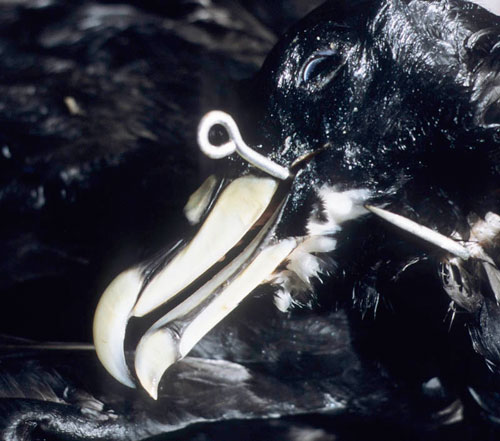
The problem: a White-chinned Petrel caught on a longline hook
Photograph by Nicolas Gasco
With thanks to Barry Baker for information.
Reference:
Robertson, G., Ashworth, P., Ashworth, P., Carlyle, I. & Candy, S.G. 2015. The development and operational testing of an underwater bait setting system to prevent the mortality of albatrosses and petrels in pelagic longline fisheries. Open Journal of Marine Science 5: 1-12.
John Cooper, ACAP Information Officer, 07 January 2014

 English
English  Français
Français  Español
Español 